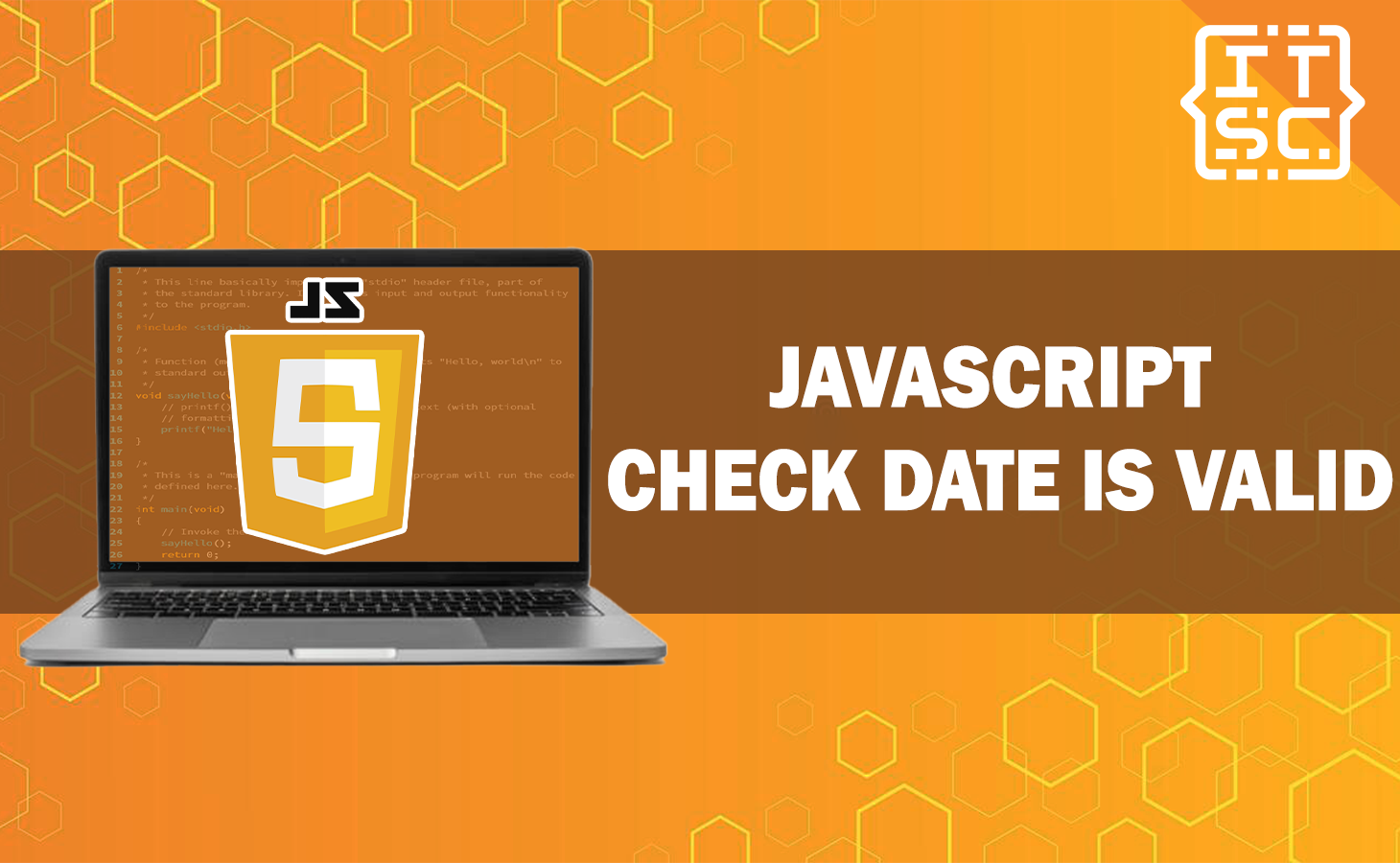In this comprehensive guide, we will delve into the world of JavaScript and discover how to check if a date is valid using this versatile programming language.
Before we get into the nitty-gritty of JavaScript, it’s essential to understand what date validation means.
Date Validation Basics
Date validation is the process of confirming whether a given date is logical and falls within acceptable ranges. This includes checking for valid months, days, leap years, and other factors that can affect date accuracy.
Let’s start by exploring the fundamental concept of checking if a date is valid in JavaScript.
To validate a date in JavaScript, you can use the built-in Date object.
Here’s a basic code snippet:
function isValidDate(date) {
return date instanceof Date && !isNaN(date);
}
This function checks if the provided date is a valid date object and not a NaN (Not-a-Number) value. It’s a simple yet effective way to ensure the date’s validity.
Handling User Input
When dealing with user input, it’s essential to validate dates entered via forms.
Here’s a snippet to help you with that:
const userInputDate = new Date('2023-09-15');
if (isValidDate(userInputDate)) {
// Date is valid; proceed with your logic
} else {
// Invalid date; display an error message
}
By using the isValidDate function, you can check if the user’s input is a valid date, providing a smooth user experience.
Checking Date Validity with JavaScript
Now, let’s get to the heart of the matter – how to check if a date is valid using JavaScript. This involves examining the components of a date, such as the year, month, and day, to ensure they conform to the expected ranges.
Below are some JavaScript functions and techniques to achieve this:
1. Validating the Year
function isValidYear(year) {
return year >= 1900 && year <= new Date().getFullYear();
}
2. Validating the Month
function isValidMonth(month) {
return month >= 1 && month <= 12;
}
3. Validating the Day
function isValidDay(year, month, day) {
return day >= 1 && day <= new Date(year, month, 0).getDate();
}
4. Combining Validation
To ensure a complete date is valid, you can combine the above functions:
function isValidDate(year, month, day) {
return isValidYear(year) && isValidMonth(month) && isValidDay(year, month, day);
}
Now, you have a robust set of functions to check if a date is valid in JavaScript. These functions can be particularly useful when dealing with user input, such as birthdates or appointment scheduling.
Efficient Date Validation
When it comes to efficient date validation, JavaScript offers powerful tools.
Below, you’ll find an overview of some advanced techniques to ensure date validity.
Regular Expressions for Date Validation
Regular expressions can be handy for date format validation. Here’s an example of using a regex pattern to validate a date in YYYY-MM-DD format:
function isValidDateFormatted(inputDate) {
const dateFormat = /^(\d{4})-(\d{2})-(\d{2})$/;
return dateFormat.test(inputDate);
}
This code snippet checks if the inputDate matches the desired YYYY-MM-DD format using a regular expression.
Conclusion
In conclusion, this guide equips you with the knowledge and tools needed to check if a date is valid in JavaScript. Whether you’re building web applications, handling user input, or processing date-related data, these techniques will help you maintain data accuracy and improve the overall reliability of your JavaScript applications.

